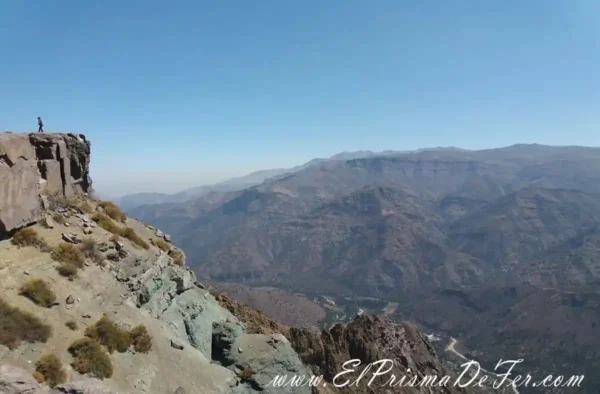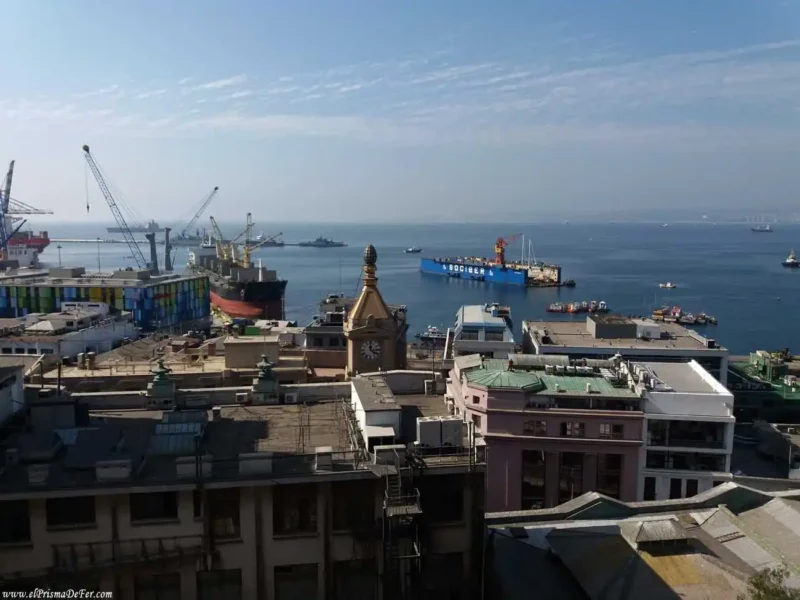Santiago de Chile is a vibrant and diverse city, combining the modernity of a major capital with unique natural landscapes thanks to the imposing Andes Mountains that surround it. Its neighborhoods showcase different facets: from the cosmopolitan pace of downtown and Las Condes, to the bohemian atmosphere of Bellavista, or the calmer atmosphere of Ñuñoa and Providencia.
Santiago also impresses with its strategic location: in just a few hours, you can be in the mountains enjoying the ski resorts, or traveling to the coast to explore Viña del Mar and Valparaíso. With museums, parks, viewpoints, varied cuisine, and a vibrant cultural scene, it's an ideal destination for both short breaks and longer stays in Chile.
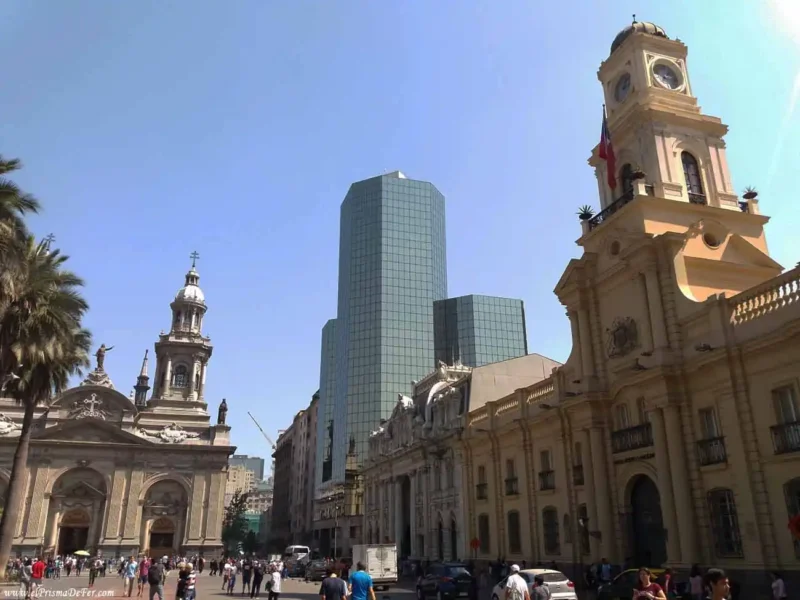
Table of Contents
My impressions of Santiago
Santiago is often compared to Buenos Aires because they are two of the great capitals of the Southern Cone, but the truth is that each has a very distinct identity. While Buenos Aires, to my taste, has a more European feel and a fast-paced lifestyle, Santiago seemed to me to be a more organized city with a different vibe.
I liked the way the mountains blend into the city. From almost anywhere in Santiago, you can see the Andes Mountains as a backdrop, a unique element that gives it a special character.
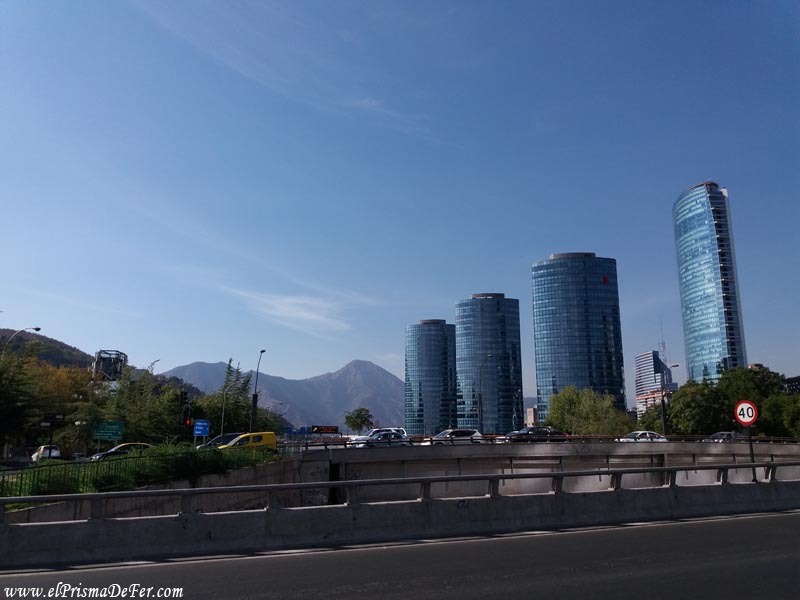
Furthermore, within the city itself there are hills and parks such as Cerro San Cristóbal or Cerro Santa Lucía, which allow you to walk, do physical activity and get spectacular panoramic views, something that reminded me a bit of Mendoza, with its famous San Martin Park and La Gloria Hill.
Also noteworthy is the Costanera Center, the tallest building in South America, which has become an icon of the Santiago skyline.
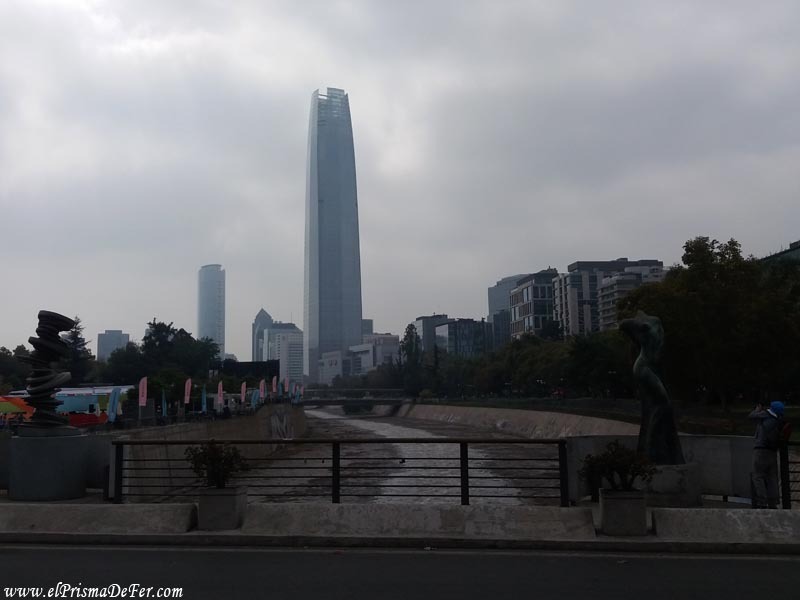
Overall, I found it to be a beautiful city, pleasant to walk around, with parks, hills, and many surprising corners.
How to get around Santiago, Chile
The Chilean capital has an extensive and modern public transportation network. The most practical way to travel is by combining the metro and buses, both integrated under the Metropolitan Mobility Network.
To use public transportation, you must purchase a Bip! card, which can be loaded at authorized metro stations and kiosks. With it, you can pay for both the metro and buses, and even combine both with a single ticket for a specific period of time.
Metro
The Santiago Metro is fast, safe, and connects many of the most important tourist spots, such as the historic center, Providencia, Las Condes, and stations near the San Cristóbal and Santa Lucía hills. It runs every day from early morning until after midnight, and is the best option to avoid surface traffic.
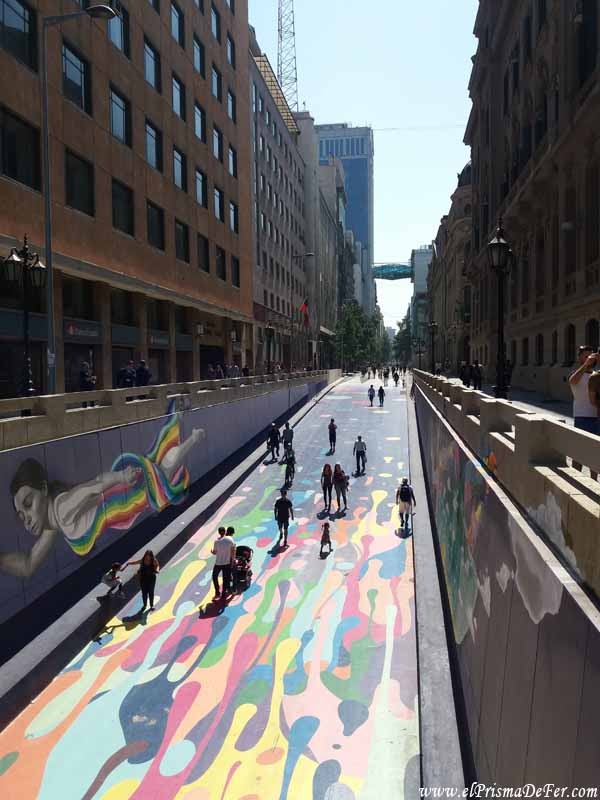
Buses
City buses complement the metro and reach areas where the subway doesn't have service. While they tend to be slower due to traffic, they are useful for short trips or residential neighborhoods.
Other media
Additionally, Santiago has transportation apps like Uber, Didi, and Cabify, which are generally safe and convenient for getting around at night or when traveling in a group. Traditional taxis are also available, though it's a good idea to make sure they use a meter.
Finally, for those who enjoy cycling, there are public bicycle services and bike paths, especially in neighborhoods like Providencia and downtown, which make the city an increasingly friendly place for sustainable transportation.
Map with the main attractions to see in Santiago, Chile
What to do in Santiago, Chile
Santiago is a city with a wealth of options for all tastes. You can explore its streets, museums, parks, and viewpoints, or use it as a base for getaways to the mountains and the coast.
These are some of the top places you can't miss on your visit to Chile's capital:
Walking Tour
A free walking tour in Santiago, Chile is the best way to start getting to know the city. While it's not free, as it works based on tips, it helps you get your bearings quickly, you learn history and anecdotes from a local guide, and you can meet other travelers along the way. You can book your free walking tour here.
Plaza de Armas and Historic Center
The heart of the city, surrounded by emblematic buildings such as the Metropolitan Cathedral, the National Historical Museum and the Central Post Office.
Walking through its streets is like immersing yourself in Santiago's history and the hustle and bustle of its daily life.
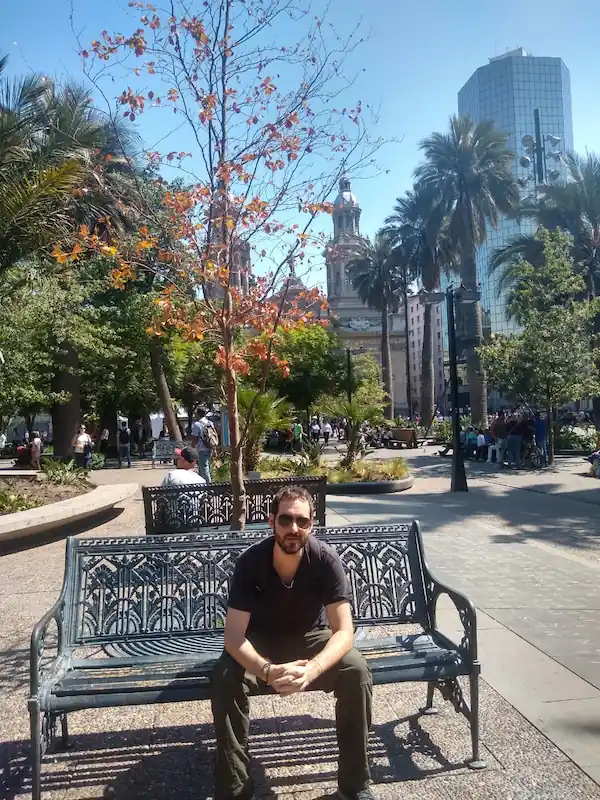
San Cristobal Hill
San Cristobal Hill is one of the most representative icons of Santiago and the central part of Metropolitan Park, one of the largest urban parks in Latin America.
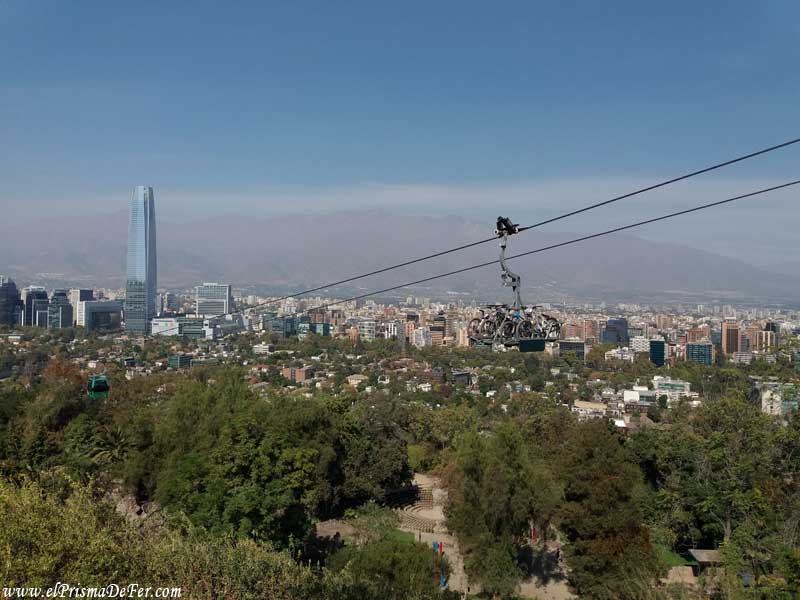
Climbing to the top is almost a must, not only for the panoramic views of the city with the Andes Mountains in the background, but also for the number of activities available on the grounds.
To reach the summit, you can choose to walk, ride a bike along the trails, or choose more comfortable options such as the funicular (which departs from the Bellavista neighborhood) or the cable car, which offers a tour with incredible views.
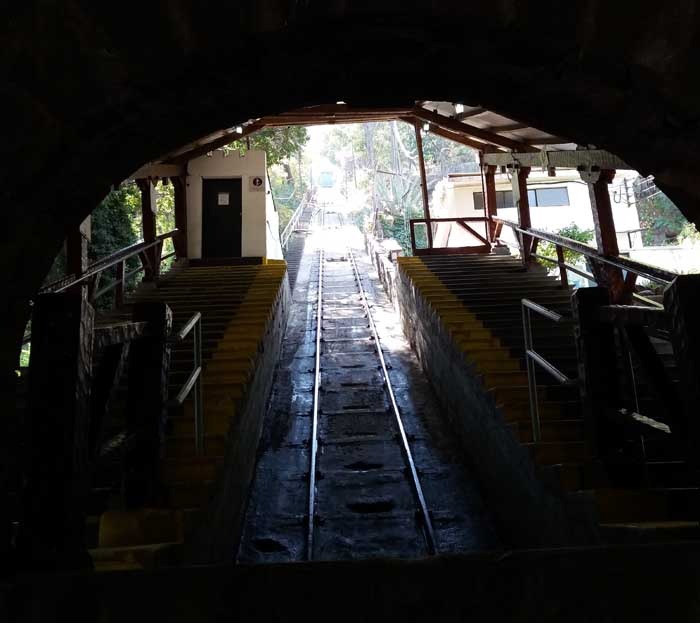
At the top is the Sanctuary of the Immaculate Conception, with its large white statue of the Virgin Mary, visible from different points in the city.
Within the Metropolitan Park there are also other interesting attractions: the National Zoological Garden, the Japanese and Botanical Gardens, picnic areas and strategic viewpoints.
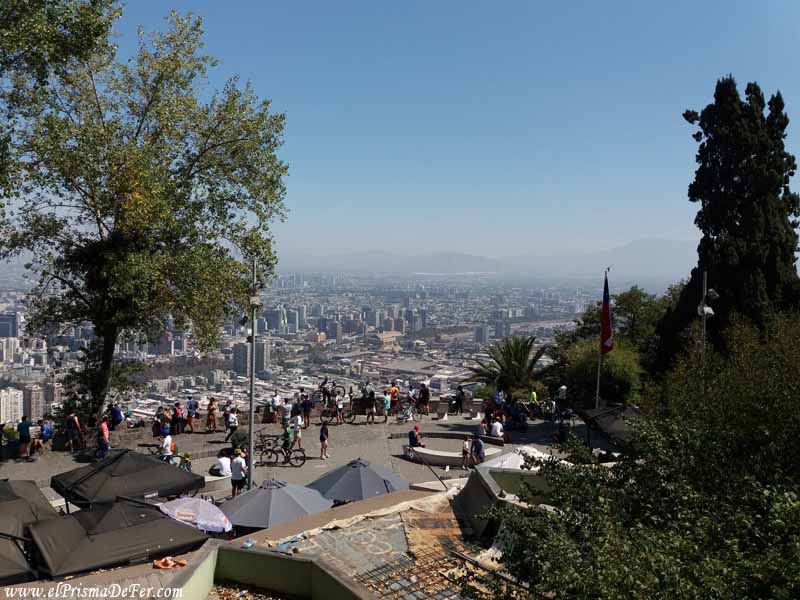
During the summer, you can even enjoy the Tupahue and Antilén public pools, ideal for cooling off with a privileged view of the city.
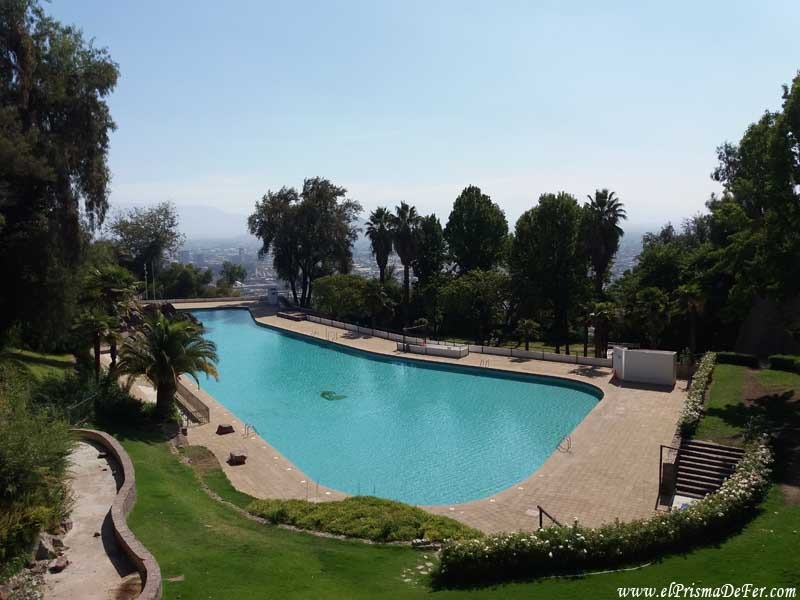
Santa Lucia Hill
Santa Lucia Hill is another of Santiago's most famous green lungs and, at the same time, a place steeped in history. It's located right in the city center, making it an accessible and convenient stop on any itinerary.
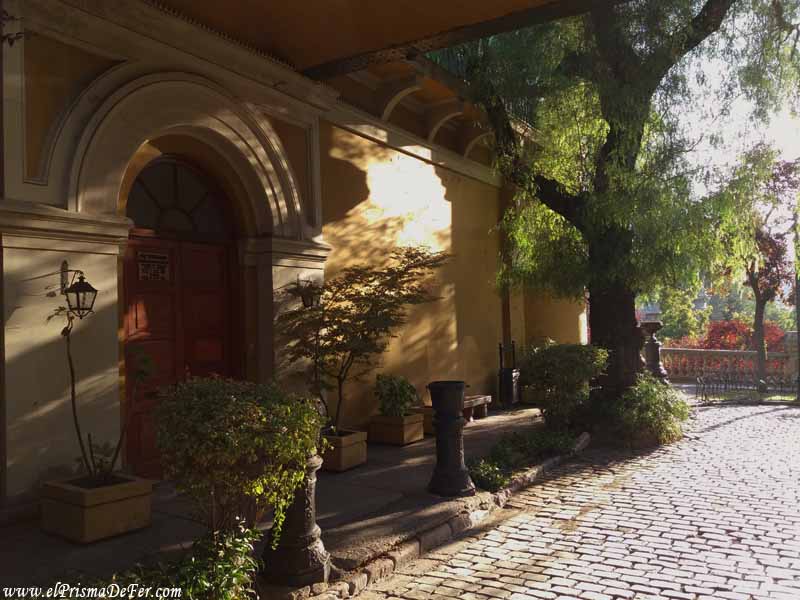
Although it's smaller than Cerro San Cristóbal, it offers a charming trail with cobblestone paths, stairs, viewpoints, and fountains that give it a very picturesque feel.
At the main entrance is the Hidalgo Castle, a former 19th-century fortification now used as a cultural and event space. As you ascend, terraces and balconies open up with increasingly expansive views of Santiago.
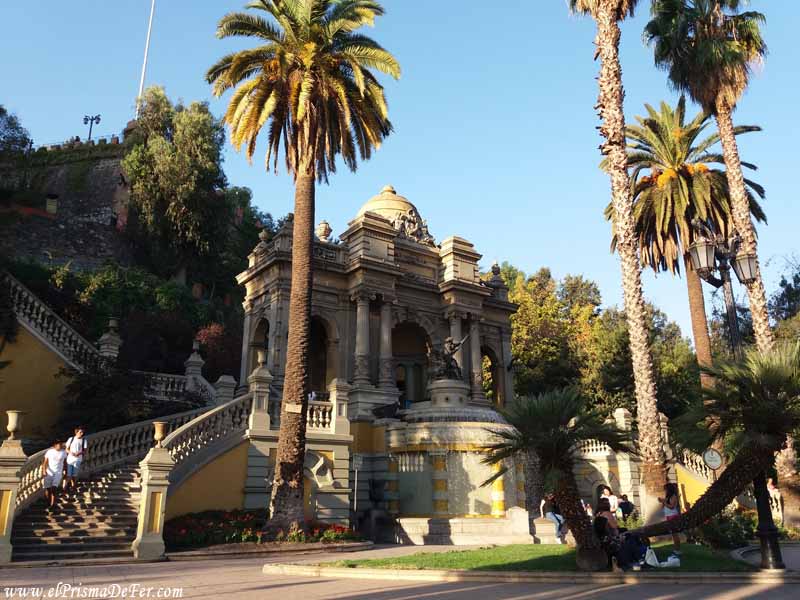
From the top, you get an excellent panoramic view of the city center, surrounded by modern buildings but with the Andes Mountains as a backdrop.
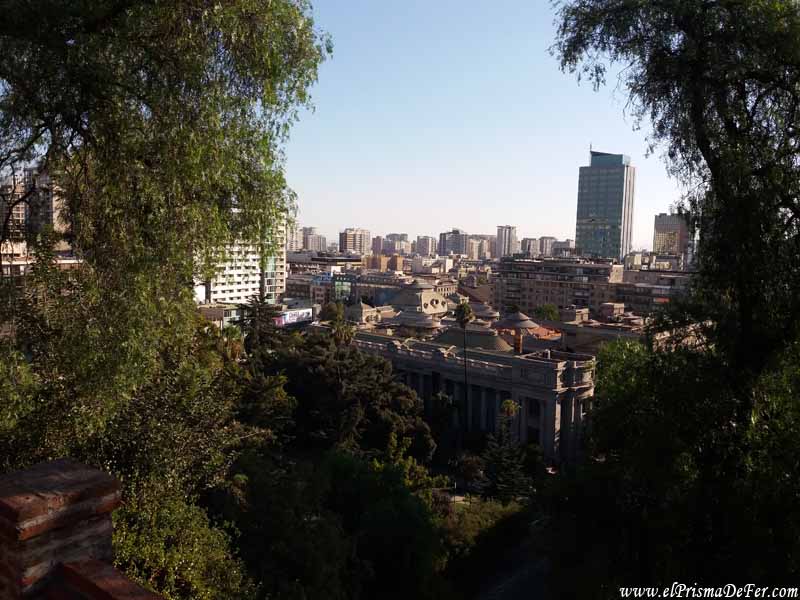
Santa Lucía Hill is ideal for exploring in one or two hours, taking photos in its gardens, and enjoying a green respite from urban life. In addition, its proximity to neighborhoods like Lastarria makes it perfect for combining the visit with another walk.
Bellavista Neighborhood
The quintessential bohemian neighborhood of Santiago, Bellavista, is one of the most vibrant places in the city. It's full of bars, restaurants, cafes and pubs, and its nightlife is intense, with options for all tastes. Its streets are also an open-air museum, with urban art murals that reflect the creativity and cultural spirit of the neighborhood.
In addition to its gastronomic and cultural offerings, Bellavista is home to La Chascona, one of Pablo Neruda's house-museums, which allows you to learn about the life and work of the Chilean poet in an environment full of history and curious details.
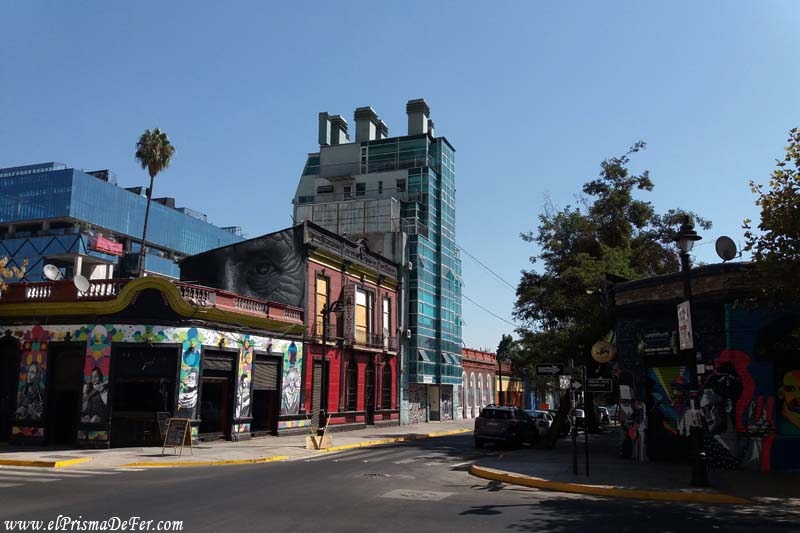
If we had to compare it to Buenos Aires, Bellavista would be the equivalent to the Palermo neighborhood, due to its modern, alternative, and youthful atmosphere, where tourists and locals come together to enjoy art, food, music, and nightlife.
During the day, it's ideal for strolling its streets, buying handicrafts, and taking photos, and at night, it becomes an unmissable meeting point for those seeking fun and entertainment.
Lastarria Neighborhood
Lastarria is one of the most charming and cultural neighborhoods in Santiago, ideal for strolling during the day and enjoying its quiet yet lively atmosphere. Its cobblestone streets are lined with cafes, bookstores, art galleries, and independent design shops, making it a perfect spot for those looking for a more relaxed and cultural experience.
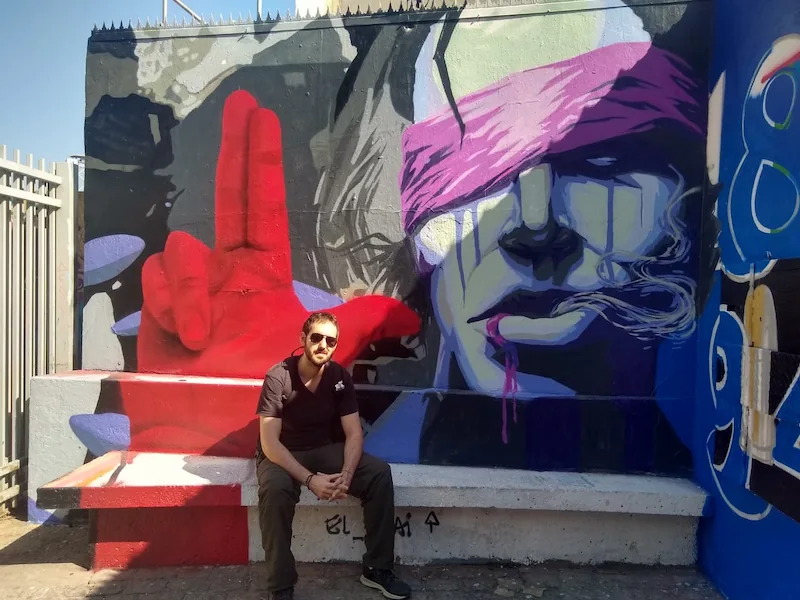
Additionally, the neighborhood is home to several museums and cultural centers, such as the Museum of Visual Arts (MAVI) and the Gabriela Mistral Cultural Center (GAM), which offer exhibitions and activities throughout the year.
Due to its atmosphere and style, Lastarria can be compared to neighborhoods like Recoleta or Palermo Soho in Buenos Aires, although with a more historic and bohemian feel. It's a neighborhood that invites you to stroll slowly, enjoy the street art, sit on a terrace with a coffee, and discover picturesque corners that reflect the cultural essence of Santiago.
Must see museums
Among the most notable are the Museum of Memory and Human Rights, which explores Chile's recent history, and the National Museum of Fine Arts, with collections of Chilean and international art.
Central Market and Chilean gastronomy
A perfect place to try typical dishes like paila marina or empanadas. It's also an opportunity to experience the local atmosphere and discover the flavors of Chilean cuisine.
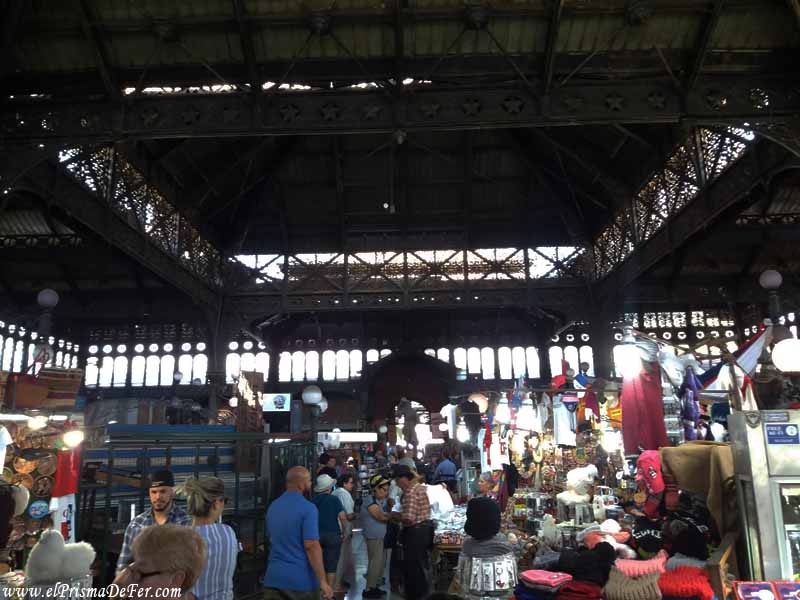
Sky Costanera
The Costanera Center is another icon of the Chilean capital. It's a complex that includes the tallest building in South America, the Gran Torre Santiago, at 300 meters tall. At its base is a modern shopping center with international stores, restaurants, cafes, and a movie theater, making it a popular meeting point for both tourists and locals.
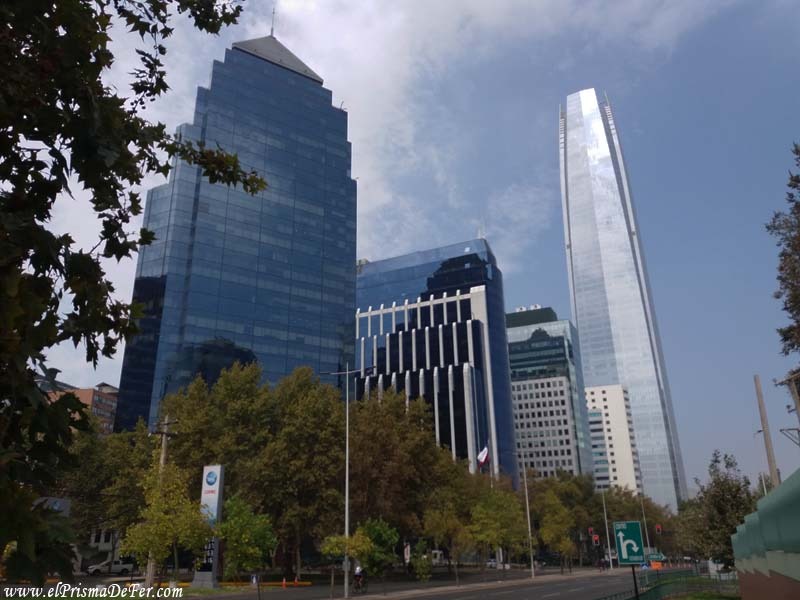
The main attraction is the Sky Costanera, an observation deck located on the 61st and 62nd floors, which offers a 360° view of Santiago. From there, you can appreciate the splendor of the sprawling city and, on clear days, the majestic Andes Mountains. To find out the price and purchase tickets, you can visit the complex's official website.

Furthermore, the Costanera Center is very well connected to the metro and surrounded by modern office buildings and hotels, making it a very easy visit. It's a great way to combine shopping, dining, and one of the most spectacular views in the entire Chilean capital.
Parks and green areas
In addition to the Metropolitan Park, the Bicentennial Park in Vitacura, the Forest Park or Titanium Park stand out, ideal for walking, cycling or simply relaxing in the open air.
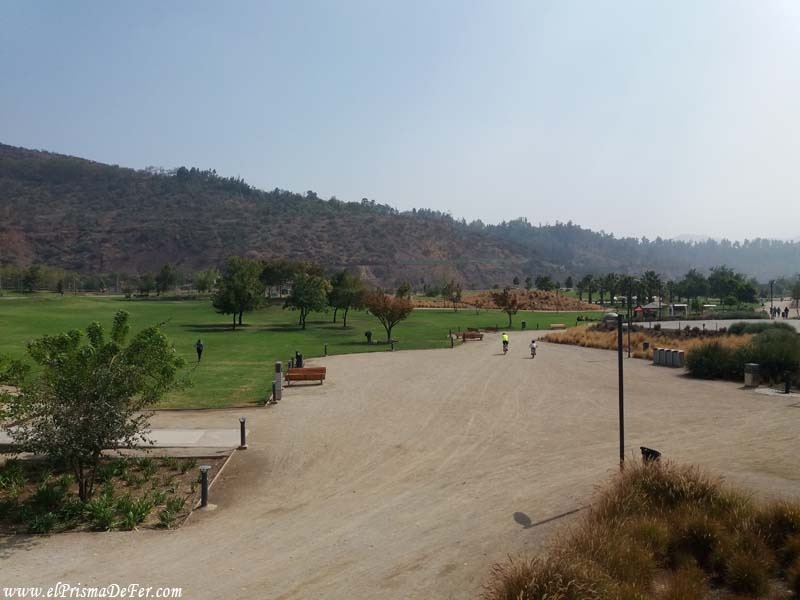
One day trekking from Santiago
Santiago is surrounded by the imposing Andes Mountains, making it a strategic spot for those seeking outdoor adventures and day trekking without straying too far from the city. There are several accessible routes that allow you to connect with nature and enjoy spectacular landscapes in just a few hours.
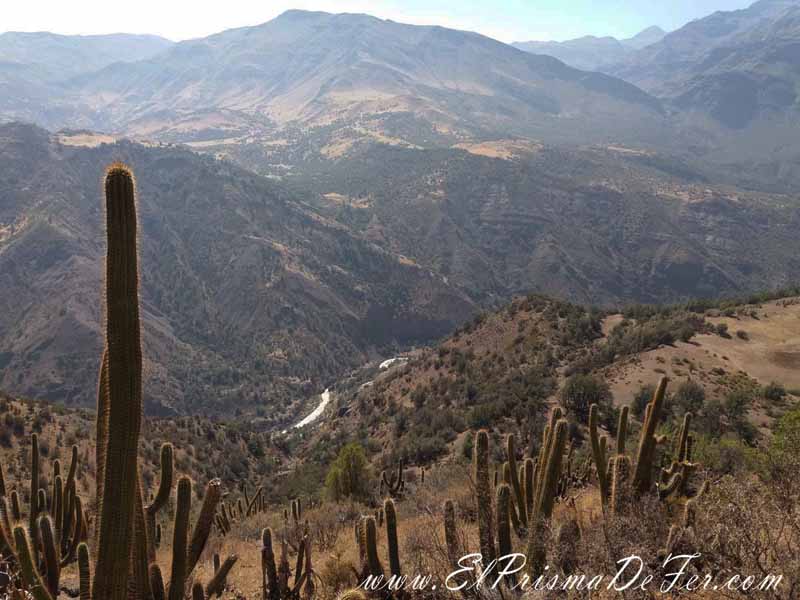
One of the best-known treks is the one that leads to the Mirador de los Cóndores, in the Cajón del Maipo. This trail offers panoramic views of the canyon and the mountain range, and in certain sections, it is possible to observe Andean condors in their natural habitat. The hike is easy and can be completed in about 3 to 4 hours round trip, making it ideal for those with a full day from Santiago.
Other interesting treks in the area include:
- El Yeso Reservoir: A tour that combines turquoise lagoons with views of snow-capped mountains. You can drive to the trailhead and then hike for 1 to 3 hours depending on the section you choose.
- San Francisco Hill (Cerro San Francisco): Closer to the city, ideal for those looking for a short trek with views of Santiago and the mountain range.
- Aguas de Ramón Natural Park: several hiking trails that connect with native forests and viewpoints over the city.
The great advantage of these treks is that they don't require an overnight stay or complicated equipment; with proper footwear, water, some food, and sunscreen, you'll be able to enjoy the mountains, breathe fresh air, and contemplate the majesty of the Andes just a couple of hours from the capital.
Activities organized from Santiago
How to get to Santiago from Argentina
Santiago is very well connected to Argentina, and there are several ways to get there depending on your budget, time available, and desire to experience the mountain crossing.
By plane
The fastest and most comfortable option is to fly. From Buenos Aires, Córdoba, Mendoza, and other Argentine cities, there are daily flights arriving at Arturo Merino Benítez International Airport. In recent years, low-cost airlines such as JetSmart and Flybondi have added frequencies that usually offer quite competitive prices if purchased in advance. Flights last between 1 and 2 hours, making Santiago an ideal getaway for a long weekend or even a short visit.
By bus or car
Another, much more picturesque alternative is to travel by bus or car through the Cristo Redentor International Pass, which connects the province of Mendoza with the Metropolitan Region of Chile. This mountain crossing is an experience in itself: the road ascends between impressive mountains, passes near the famous Penitentes ski resort, the Inca Bridge, and Aconcagua, the highest mountain in America.
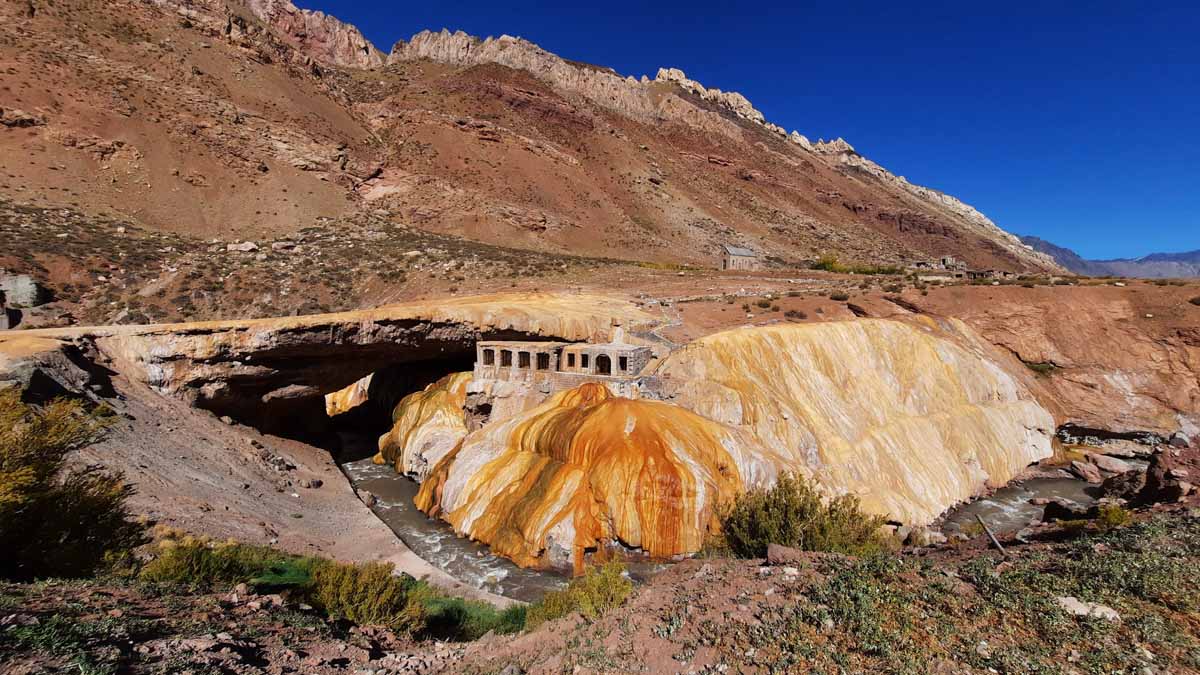
Upon reaching the border, customs is cleared at the Los Libertadores Complex, and once on the Chilean side, a spectacular descent begins with more than 30 hairpin bends, known as “Los Caracoles.”
The trip from Mendoza to Santiago usually takes between 6 and 8 hours, depending on traffic and time at the border. During peak season or during snowfall, border checks can take longer, so it's best to be patient. Even so, it's an unforgettable experience, allowing you to cross the Andes Mountains in a unique way and enjoy unforgettable landscapes.
How to get from Santiago Airport to the city center
Arturo Merino Benítez International Airport (SCL) is located about 20 kilometers from downtown Santiago, and getting to the city is easy thanks to several transportation options.
The cheapest option is to take the Centropuerto and TurBus Aeropuerto buses, which connect the terminal with key metro stations such as Pajaritos, Universidad de Santiago, and Los Héroes. They run from early in the morning until after midnight, with departures every few minutes, and make it easy to connect with the metro network to get to your accommodation.
Another practical option is official taxis and shared transfers, which can be booked directly at the counters inside the airport. Transfers take passengers to the door of their hotel or hostel, sharing the vehicle with other travelers and splitting the cost.
If you prefer greater convenience and speed, you can opt for Uber, Didi, or Cabify, apps that work very well in Santiago and are usually cheaper than traditional taxis.
In general, the transfer from the airport to the city center takes between 30 and 45 minutes, depending on traffic and the mode of transportation chosen.
How to get from Santiago to Valparaíso and Viña del Mar
Valparaíso and Viña del Mar are two of the most visited destinations from Santiago, and can be explored on a day trip or even overnight for a more leisurely experience. The distance is approximately 120 km, and transportation is easily accessible by road.
By bus
The most practical and economical option is to take a bus from the Pajaritos or Alameda terminals in Santiago. Several companies such as TurBus, Pullman Bus or Condor Bus offer frequent services to both cities. The buses are comfortable, air-conditioned, and journeys last between 1 hour and 45 minutes to 2 hours, depending on traffic. Some buses go directly to Valparaíso and others to Viña del Mar, but you can easily combine them by taking local public transportation between the two cities.
By car
If you prefer greater flexibility, renting a car allows you to explore the coast at your own pace. From Santiago, take Route 68, which crosses vineyards and hills, offering panoramic views along much of the route. This option is ideal if you plan to make stops at vineyards or beaches, and gives you the freedom to return to Santiago whenever you want without depending on bus schedules.
Organized tours
There are also companies that offer day trips from Santiago, with transportation, a guide, and visits to the most important points of Valparaíso and Viña del Mar, such as Cerro Alegre, the Flower Clock, and the elevators, included. This option is practical for those who prefer not to drive and want to make the most of their time with explanations of the local history and culture.
Is Santiago de Chile safe?
In recent years, Santiago has experienced an increase in security incidents that have also affected tourists. Although the city remains an attractive destination, it is important to take certain precautions to enjoy your visit without incident.
It is recommended to avoid walking alone in poorly lit areas at night, especially in central neighborhoods such as Bellavista, Lastarria, or the historic center, where pickpocketing has been reported.
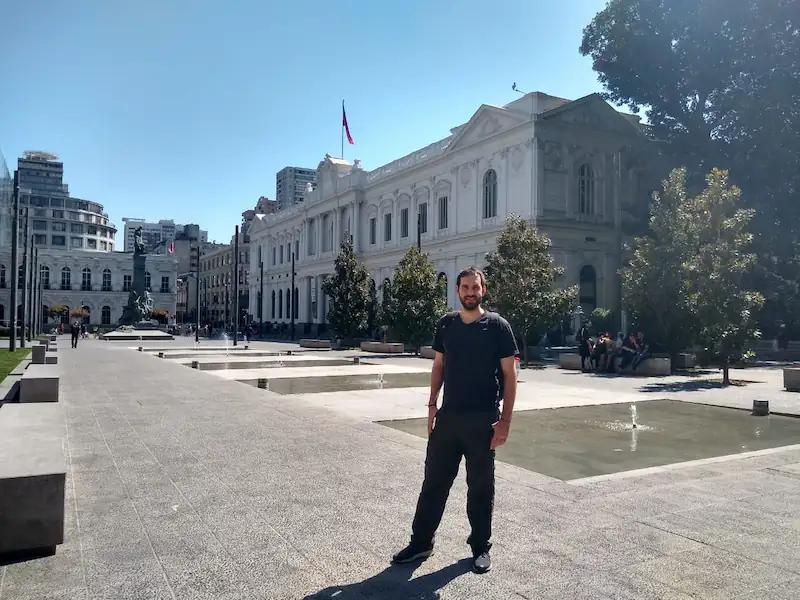
It is also advisable to be careful in crowded places such as the subway, bus terminals, or street fairs, where pickpockets often operate.
A practical tip is to bring only what you need for the day, keep your camera and cell phone in sight at all times, and keep important documents at your accommodation.
With a little caution and common sense, it's perfectly possible to explore Santiago and enjoy everything the city has to offer.
Where to stay in Santiago, Chile
Santiago is a large and diverse city, and choosing the area where you stay can make all the difference. Each neighborhood has its own style and advantages, so it's a good idea to decide what type of stay you're looking for before booking.
Providencia
It's one of the most recommended areas for travelers. It's well connected to the metro and has a wide selection of hotels, hostels, and apartments, as well as bars, restaurants, and shops. It's a safe and quiet area, ideal for those looking for comfort and a good location.
Downtown Santiago
Staying in the city center allows you to be close to the Plaza de Armas, museums, Santa Lucía Hill, and many tourist attractions. It's a more economical option, although the traffic and noise can be intense. Perfect if you prioritize being in the historic heart of the city.
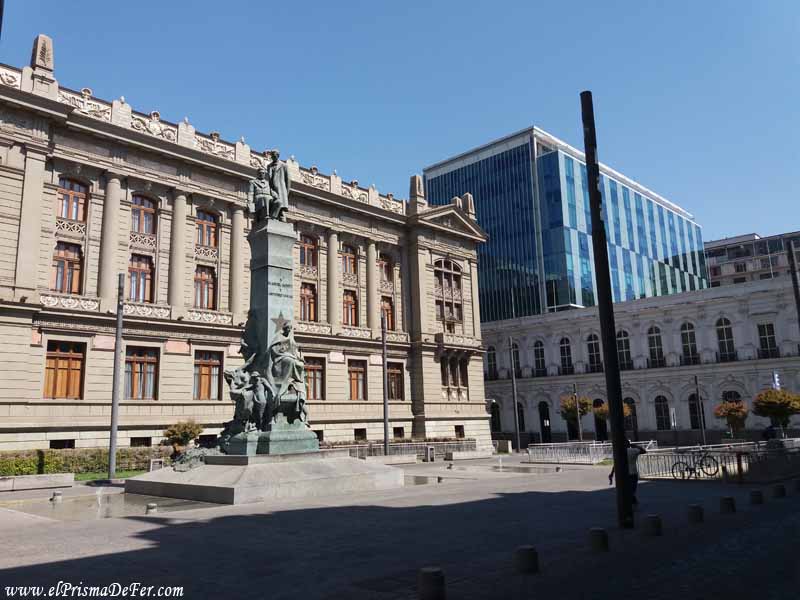
Bellavista Neighborhood
If you like nightlife and a bohemian atmosphere, this is the place for you. It's full of bars, restaurants, and urban art murals. It's also close to San Cristóbal Hill and Pablo Neruda's house, La Chascona. Keep in mind that it can be noisier at night.
Las Condes and Vitacura
These are modern, upscale neighborhoods, dominated by luxury hotels and shopping malls. They're a good option for those seeking comfort, security, and first-class services, although they tend to be more expensive and a bit far from the historic center.
Hostels and backpackers
For those traveling on a budget, Santiago has several hostels in Providencia and Bellavista, where it's easy to meet other travelers. There are also affordable apartment rentals that are practical for longer stays.
Best time to visit Santiago, Chile
The Chilean capital can be visited year-round, but the experience varies greatly depending on the season. Spring (September to November) and Autumn (March to May) are usually the best times to visit the city. The climate is mild, with pleasant temperatures for walking, visiting parks, and enjoying outdoor terraces without the intense summer heat or winter cold.
In summer (December to February) Santiago can be quite hot, with temperatures exceeding 30 °C, although it is still a good option if you plan to escape to the coast (Viña del Mar or Valparaíso) or combine it with the Cajon del Maipo.
On the other hand, in winter (June to August), the days are colder and cloudier, but it is the perfect season for those looking to ski or enjoy the snow in nearby winter resorts such as Valle Nevado, La Parva or El Colorado.
In short, if you're planning to explore the city, stroll through its neighborhoods, go trekking, or explore the surrounding area, spring or fall is the ideal time to travel. However, if you're looking for snow and winter sports, winter will undoubtedly be your best bet.
Thoughts about my visit to Santiago
Santiago left me with a very positive feeling. The city combines modernity and tradition, with lively neighborhoods like Bellavista and Lastarria, hills and parks that offer spectacular views, and the Andes Mountains always serving as a backdrop.
I liked the mix of urban elements, street art, hills, and parks, something you don't always see in the big capitals of South America.
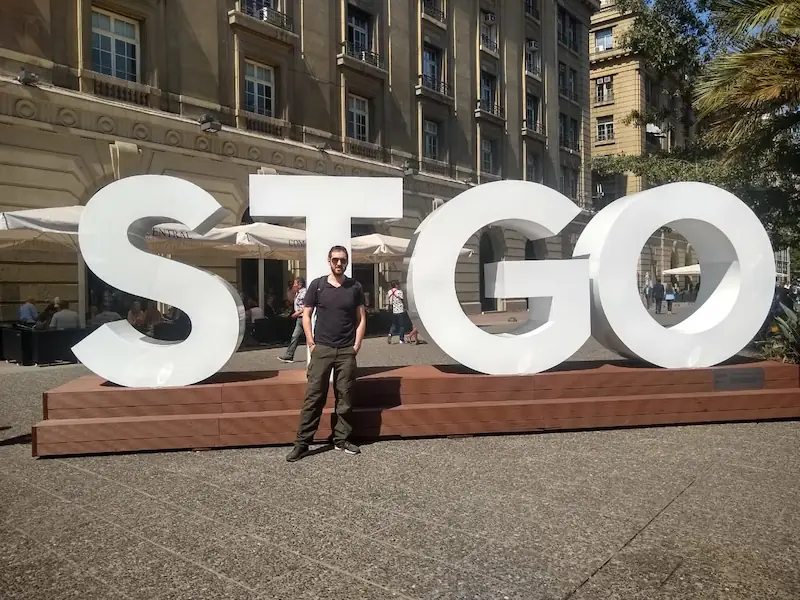
While caution is advised in certain areas and at certain times, the city is generally safe and very tourist-friendly.
In short, Santiago seemed to me to be an ideal destination for a long weekend getaway, or to combine with other nearby places like Valparaíso, Viña del Mar, or Cajón del Maipo.
Support The Prism of Fer!
Your support helps me continue creating free content on the blog. Thank you so much!


